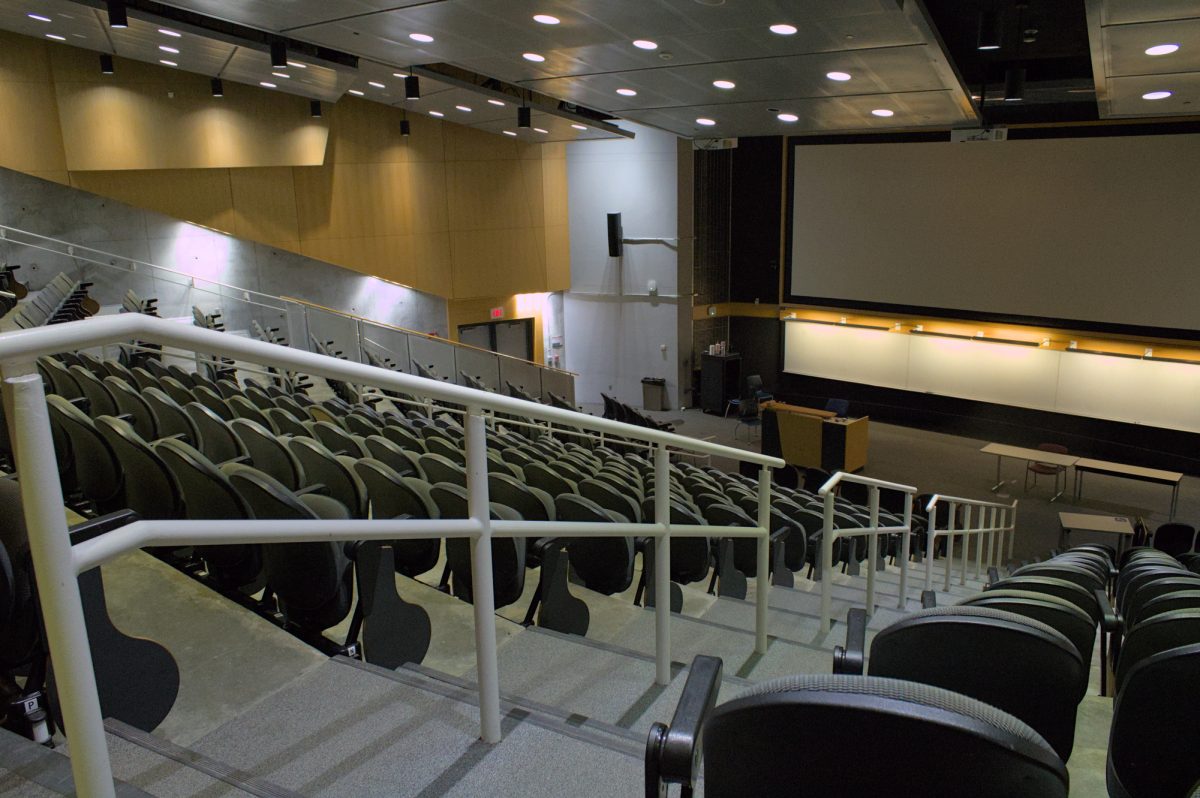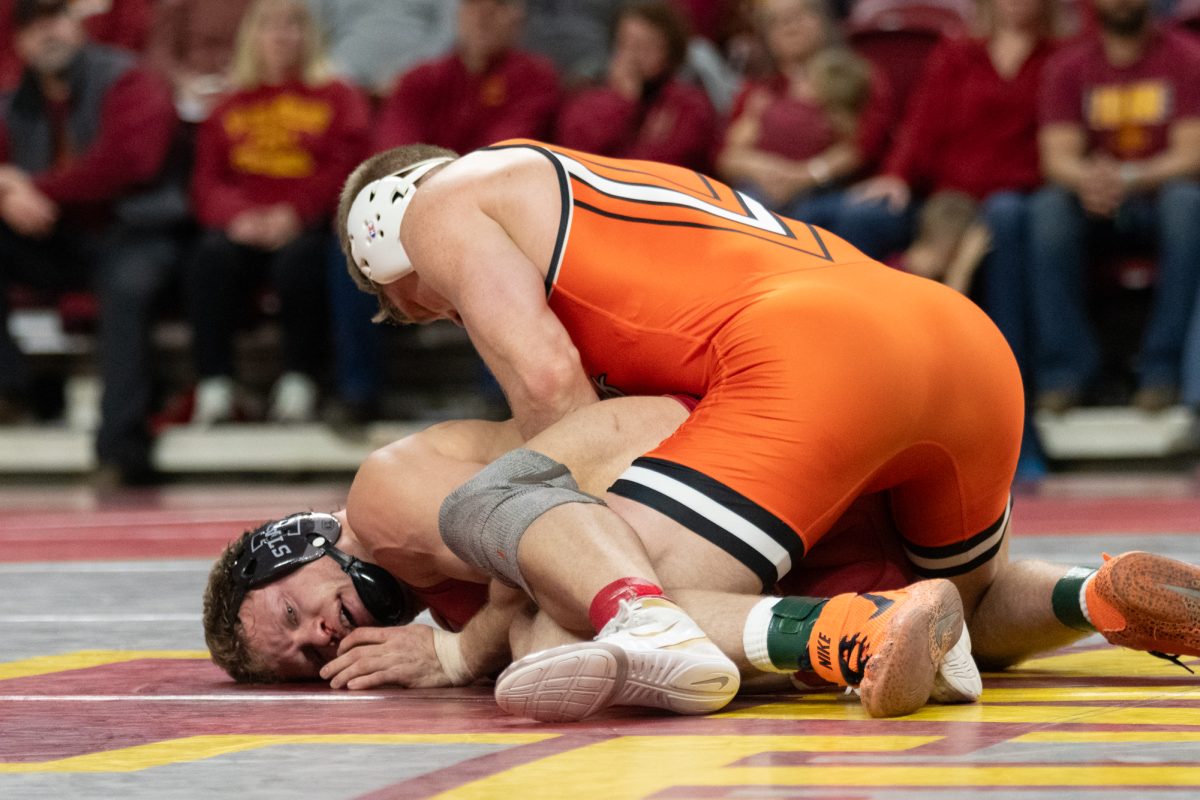Cross-discipline program helps faculty members bridge gaps between fields
August 22, 1999
Iowa State is attempting to bridge the gaps between educational fields with the Study in a Second Discipline program.
The program, administered by the Provost Office, allows tenured faculty members the opportunity to be released from their departmental responsibilities to study in another field.
Assistant Provost Faye Whitaker said the goal of the program is to allow faculty time to develop both as teachers and researchers, free from other duties.
The program has coupled psychology with statistics, foreign language with sociology and English with art history, among other combinations.
In order for people to progress in their own fields, they often need to gain more knowledge in other areas, said Whitaker, who is in charge of faculty development.
“Academic thinking goes on at the edge of disciplines,” she said.
To qualify for the program, applicants must present a relationship between their own specialized fields and the proposed fields of study, Whitaker said.
The faculty members’ departments also must agree to release them from all teaching responsibilities for the semester.
The Provost Office provides funds to the departments to compensate for the professors’ normal responsibilities that need to be covered.
The exact program of study is determined on a case-by-case basis and could include auditing courses, independent study or conducting research.
Regular conferencing with colleagues in the host department also takes place.
Giora Slutzki, professor of computer science, is enrolled in the program for study in economics. Slutzki said he wanted exposure to game theory in economics but first needed to be acquainted with the areas, concepts and methods of the field.
He said computational economics is a relatively new area that still has a lot of room to grow.
“I’m interested to see how it evolves,” he said.
Whitaker said collaboration among faculty has risen as a result of the program in both publications and the pursuit of grants.
She said changes in teaching methods also have been made, as well as new material introduced into classes.
In some cases, Whitaker said the program quickly has led to interdisciplinary research among the faculty members involved.
“This cross-fertilizes the intellectual activity of the campus,” she said.
Whitaker said faculty interest in the program has grown in the past five or six years, and the people involved have been “uniformly enthusiastic.”
She said the program recently has allowed more participants but still is limited by the amount of funding it receives.
This year, only seven out of 11 applicants could be funded.
“[The program] is not changing in character so much as in the number of people who can have this opportunity,” she said.






